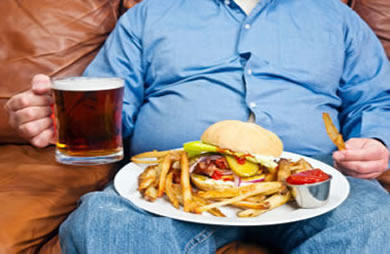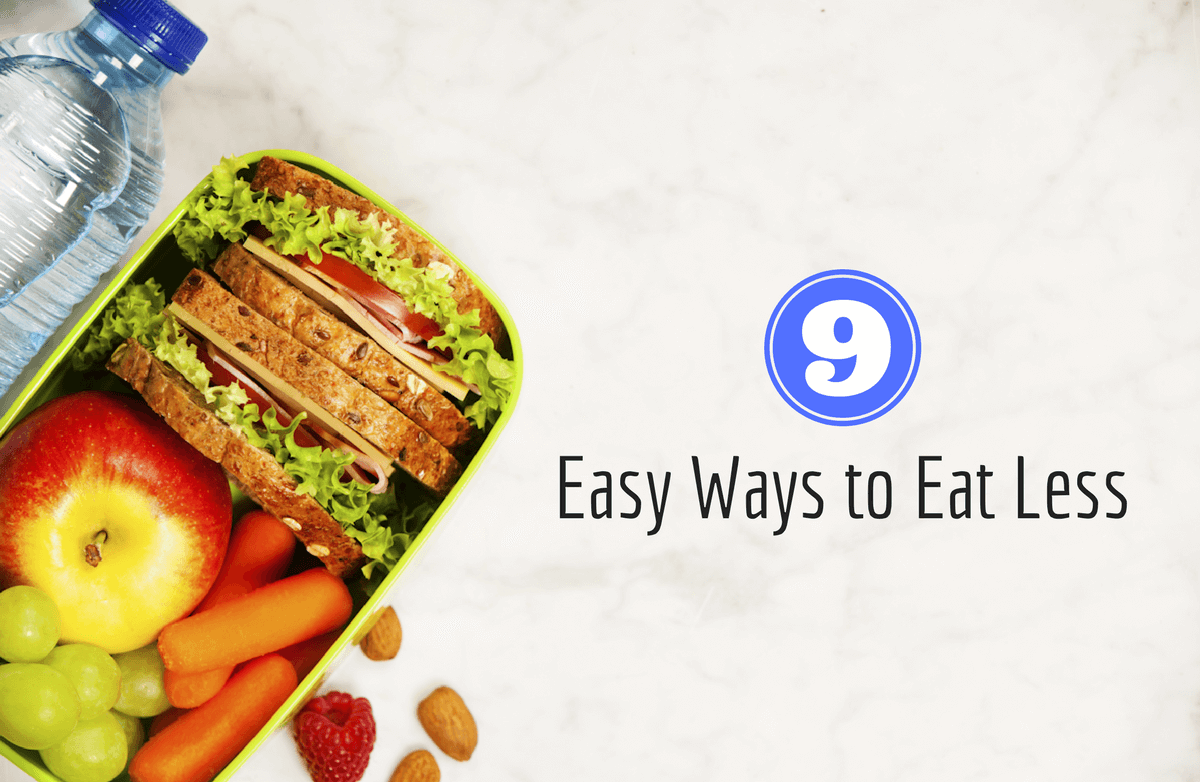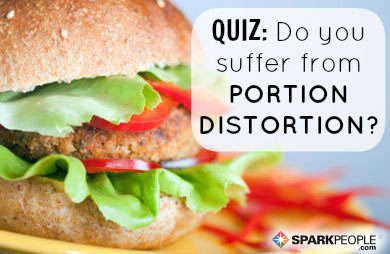10 Portion Control Pointers
-

Measure
When you're at home, whip out your measuring cups and spoons and start sizing up your portions before you eat them. This isn't something you’ll need to do forever, but it's a great place to start. Do you really know what a 1/2 cup of rice looks like once it’s poured onto a plate? Try measuring out your sizes for a few weeks until you get a good grasp on how much to serve yourself to get that proper size.
-
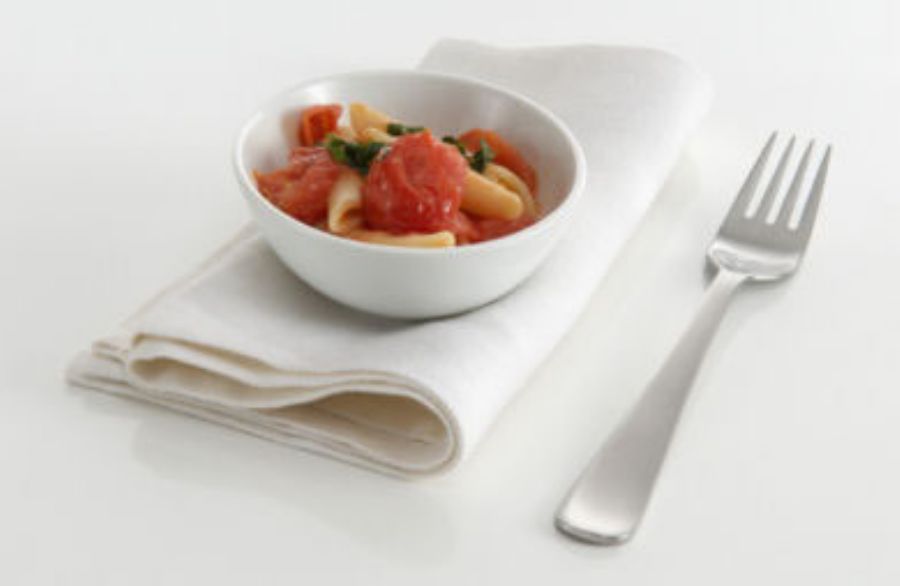
Downsize Your Dishware
Our eyes can be bigger than our stomachs! Even when deliberately trying to serve equal amounts of ice cream in two different sized bowls, participants in studies served more in the larger bowl with the larger spoon. Test yourself! Take out two different cups, one that is short and wide and one that is tall and narrow. Fill a pitcher with water, and attempt to pour 1 cup (8 oz) in each of them. Once you’ve filled both cups, measure the liquid in a measuring cup to see how close you are. More times than not, you will have poured more water into the short, wide glass. To combat the tricks our eyes play on our stomachs, switch to smaller plates (approximately 9 inches), cups (tall and narrow ones are better) and bowls. Save your oversized soup bowls for broth-based soup, salad and fruit only. Use smaller ramekins for ice cream, nuts, and creamy soups. Break out your large dinner plates for special occasions only.
-

Restaurant Resourcefulness
When you're ordering at a restaurant, there are many challenges to eating the portion size you intend to. Not only does the atmosphere encourage eating, but the average portions served can typically feed two or three people. Take control of the portions and either share your meal with a friend, or ask your server to box up half of your meal before bringing it to the table. Even if you have to convince the server that you're serious, it's worth it to keep the temptation of the second serving in the bag and off your table. Save it for lunch or dinner the next day!
-
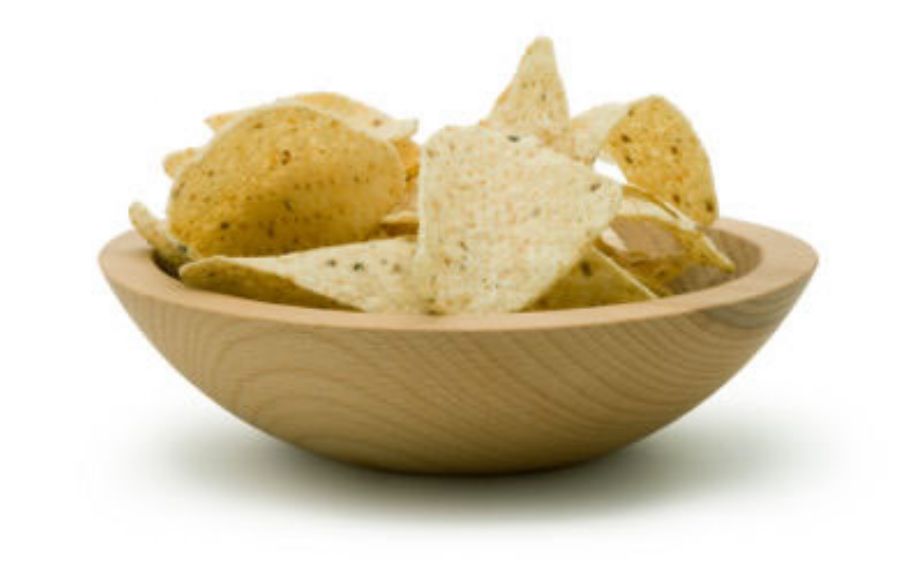
Ditch the Bag
Place the food for your meals and snacks on a dish instead of eating directly from the container or bag, especially when doing something distracting like watching TV. Even if you intend to only have "a little," it's easy to get off track and without realizing you've eaten half the box! For every food item you buy in bulk servings (bags of chips, cereal, nuts, yogurt tubs and more), portion it into smaller baggies or containers as soon as you get home from the store. This will also help you resist the urge to snack directly from the container without being aware of how much you're eating.
-

Be Conscious around Company
Surrounding yourself with people who tend to overeat makes YOU more likely to overeat, too. Researcher Brian Wansink (author of "Mindless Eating") found that we mirror (to a point) the amount that our company consumes. We consciously and/or unconsciously follow the "consumption norm" of those we dine with by emulating how much they eat in order to achieve acceptance. Dr. Wansink’s studies reflected this behavior, and it’s important to be aware and attempt to make a conscious decision about how much you eat when eating among others. Other studies have shown that obesity does spread among friends and families, and the consumption norm could be one reason why.
-
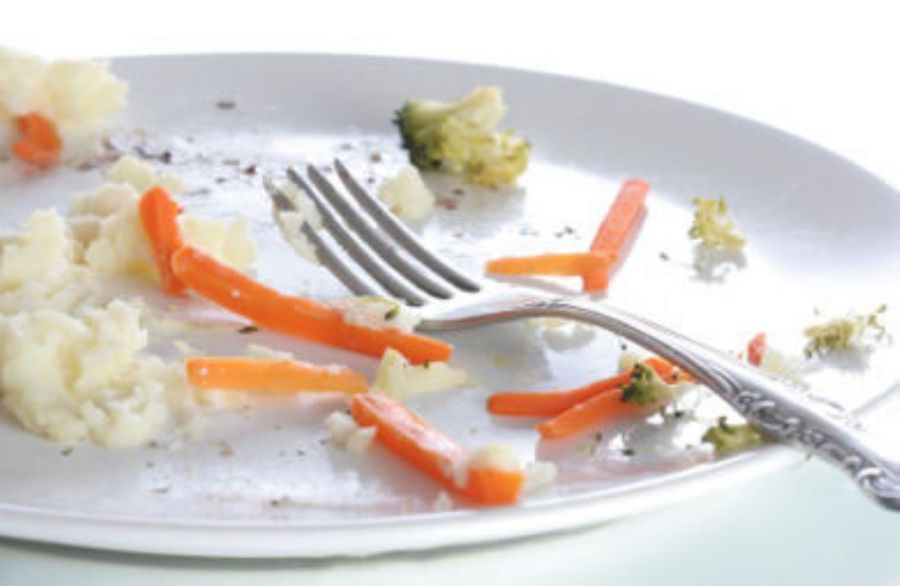
Leave the Leftovers
Pack up leftovers before heading to the dinner table to make sticking to your first serving a cinch. Studies show that we eat more food when more food is easily accessible. Placing the extra servings of breakfast, lunch or dinner in the fridge or freezer before you sit down to eat is a good way to keep those second helpings out of sight and out of mind.
-
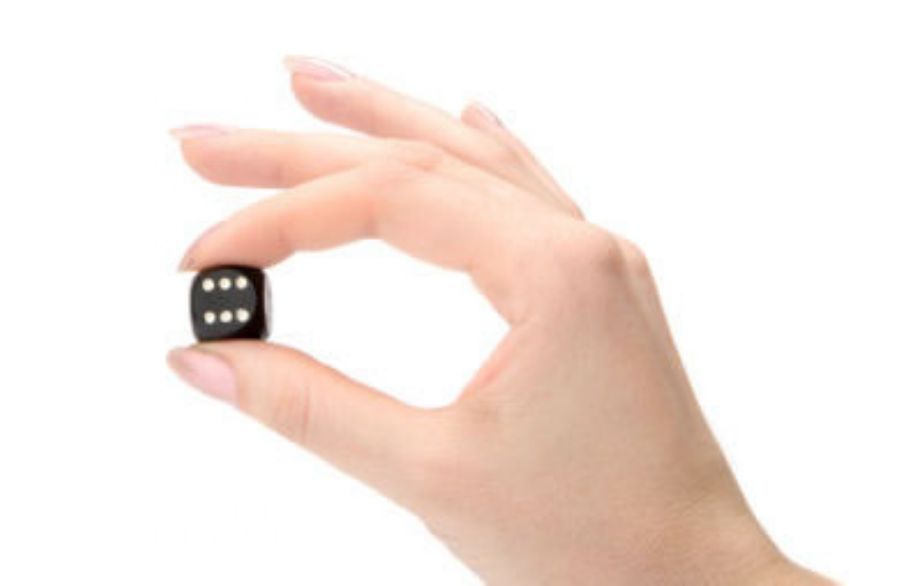
Visualize
Comparing food portions to common objects that you know the size of is genius when it comes to portion control, especially if you don't have your measuring tools handy. It’s not as cumbersome as measuring or weighing your foods, but still provides a good estimate about how much food you're eating. Here are some common comparisons to keep in mind:
1 cup = baseball
1/2 cup = standard light bulb
2 Tbsp = golf ball
1 Tbsp = poker chip
3 oz meat = deck of cards
3 oz fish = checkbook
1.5 oz cheese = 3 dice
-
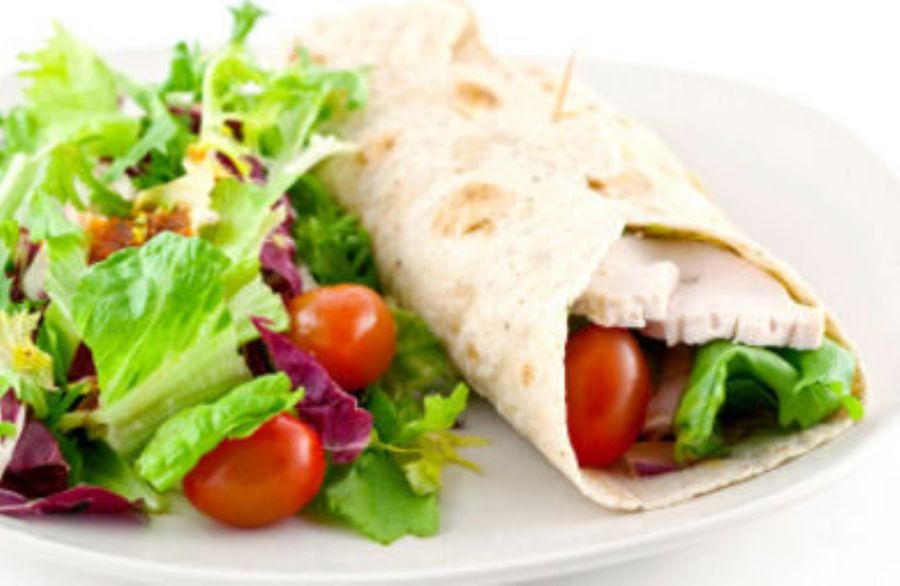
Perfect the 'Plate Method'
This visual strategy for portion control is a great way to slim down your protein and starch portions, and bulk up your servings of vegetables. Fill half of a 9- or 10-inch plate with non-starchy veggies or salad. Next, visually divide your plate in half again (to achieve 2 quarters of the plate) and place your meat or protein source in one spot, and your carbohydrate or starchy vegetable in the other. This method helps you control calories and increase your vegetable intake.
-
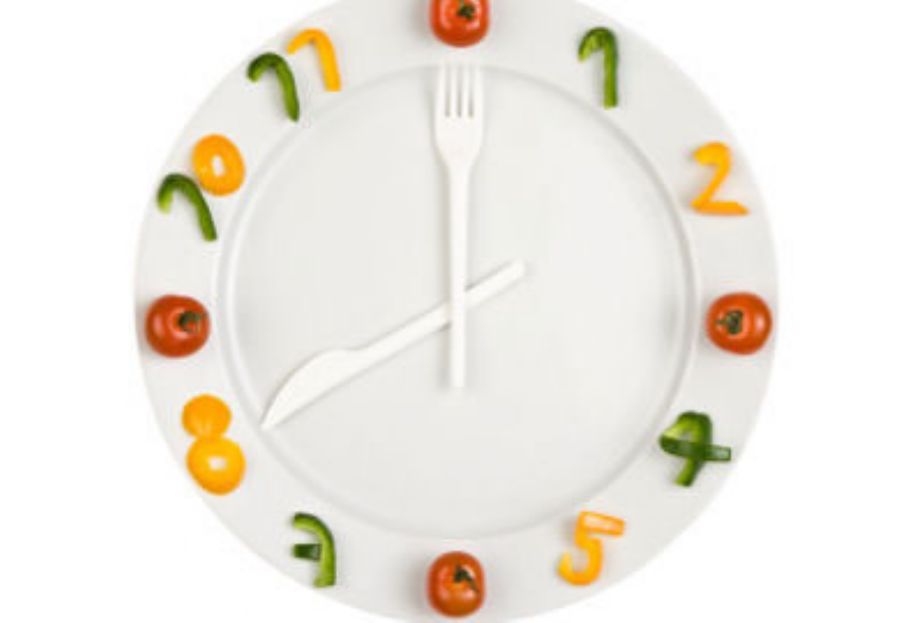
Stay on Schedule
Eating regularly throughout the day will help keep your portions at each meal in check. When you're ravenous by mealtime, it's easy to overindulge and disregard proper portion sizes. If you’re not already, get into the habit of planning your meals throughout the day, including small snacks between meals to keep your hunger under control. Then, you'll feel satisfied with a normal portion during your meals and prevent overeating.
-
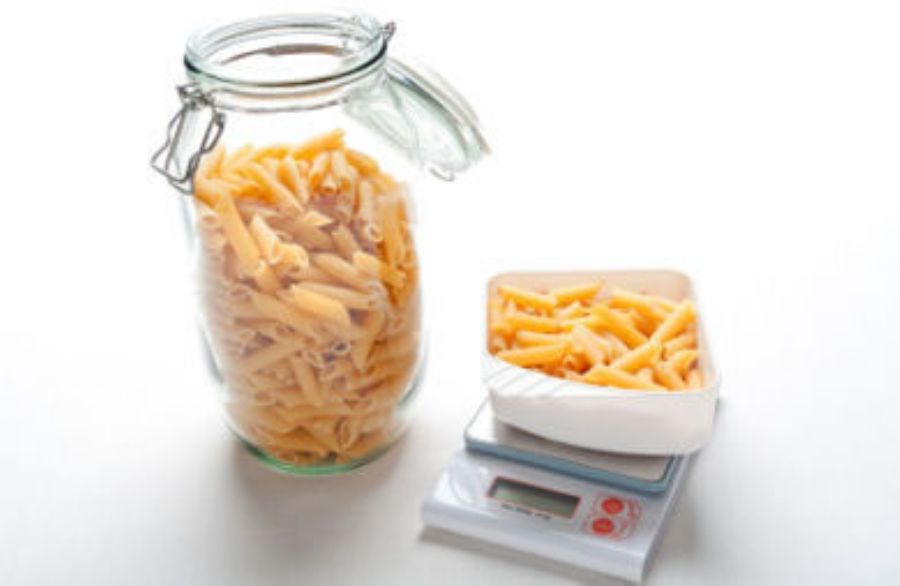
Slim Down to a Single Serving
Recognizing the difference between portion sizes and serving size is important, too. A serving size is listed on a food label, while a portion size is what you serve yourself (or what a restaurant serves you). These are important to decipher because the numbers for calories, fat, sodium, carbs, fiber, etc. on the nutrition facts label describe a specified serving size, which can vary widely from the portion you serve yourself. This is a good reason why it’s a great idea to play with your measuring cups at home until you become a pro at serving up correct serving sizes.
See more nutrition slideshows
10 Portion Control Pointers
Written by Sarah Haan, Registered Dietitian
With portions ballooning to extreme sizes, it's sometimes tough to stick to what we know are proper serving sizes. Eating contests, "value" meals and bags that contain "30% more free" all contribute to our environment of excess. You've chosen to fight back and take control of your portions. Great! It's a key step to weight management and will make you feel powerful in your food choices. Use some of these methods to help control the crazy portions so you can reach your goals.
Start Slideshow
Measure
When you're at home, whip out your measuring cups and spoons and start sizing up your portions before you eat them. This isn't something you’ll need to do forever, but it's a great place to start. Do you really know what a 1/2 cup of rice looks like once it’s poured onto a plate? Try measuring out your sizes for a few weeks until you get a good grasp on how much to serve yourself to get that proper size.
.jpg)
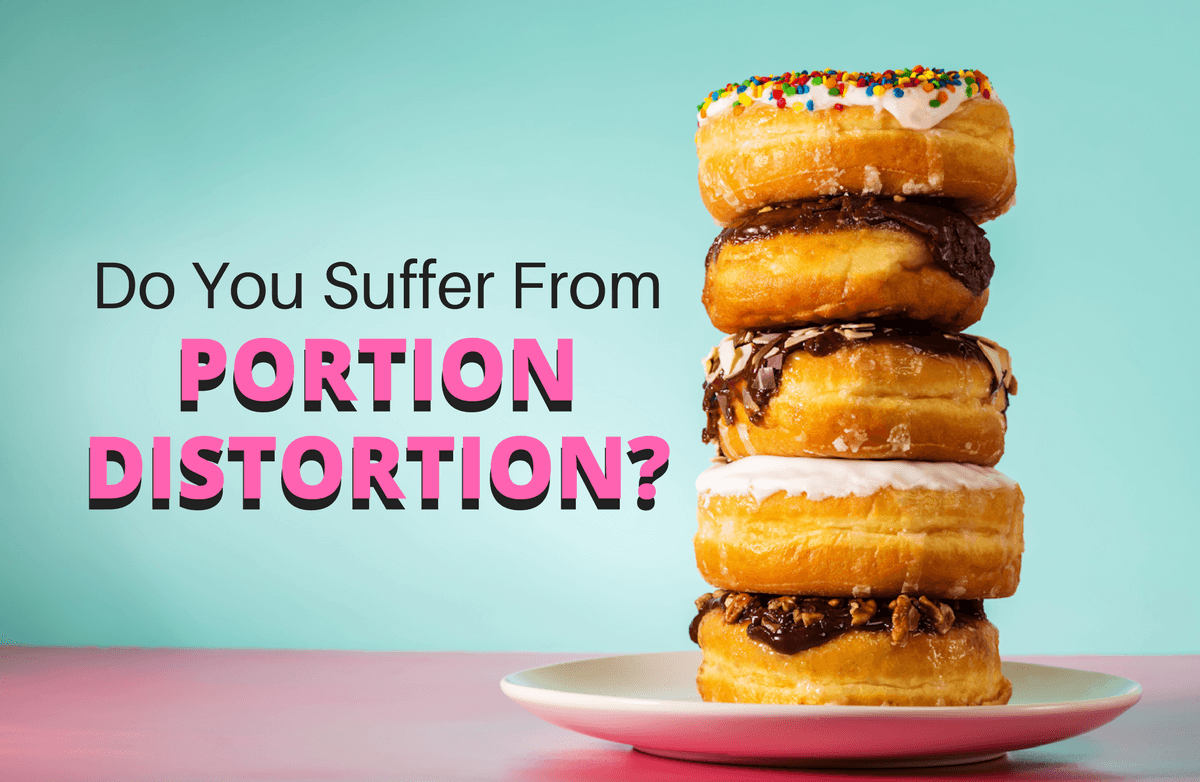
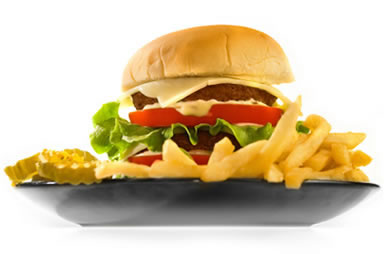
.png)
